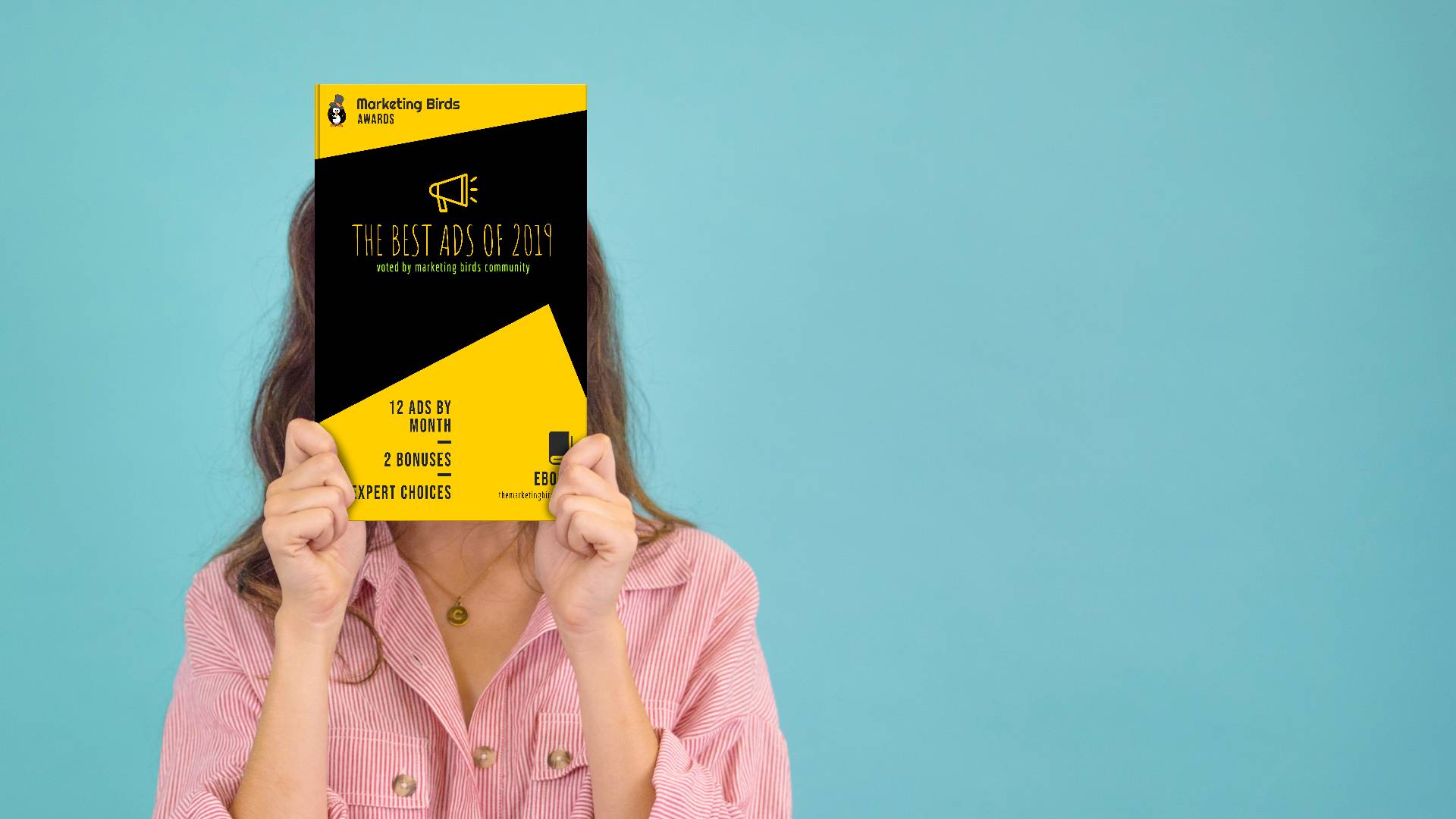Price is one of the utmost important elements of the marketing mix and from the past, sellers are trying to use different ways to sell their product more expensive.
Until now, marketers found several successful methods for selling expensive and more. Also, it is not a secret that, marketing works under human being psychology.
Today we talk about one of the successful selling methods in marketing and it is called the Decoy effect (or asymmetric dominance effect).
What is the Decoy and how it works?
The decoy effect is the phenomenon by which a third “asymmetric dominance” choice is presented when the buyer is hesitant between two choices.
What is asymmetric dominance at all? This is a theory of changing the decision by adding a third between the two options. For example, there is a seller with A and B products in the market. Both A and B products have their advantage and disadvantage points. A product is cheaper than B, hence it has more disadvantages. But, B product has more advantages than A. Therefore it is more expensive. Customers will choose both products to rely on their demands.
Now the seller offers a third C product, as mentioned above, with using asymmetric dominance theory you can influence customer behavior through this third C product.
In general, apply asymmetric dominance theory in practice, you can change the customer’s decisions to A or B products.
So, in reality how it works? Let’s see the below example.
National Geographic conducted a two-part popcorn social experiment to study the effect of Decoy
In the first part, they offered two types of with S = $3 and L = $7 bucket popcorn.
 As a result, the majority of consumers preferred to choose S size relayed on their demands.
As a result, the majority of consumers preferred to choose S size relayed on their demands.
But in the second part, they offered a third M =$6.5 (decoy) option between S and L sizes.
 This time M changed the situation. The consumers preferred to buy L size because it is clear that only with $0.50 you can buy more popcorn.
This time M changed the situation. The consumers preferred to buy L size because it is clear that only with $0.50 you can buy more popcorn.
Here you can see M size is asymmetrically dominated to the L size and as showing that only L size is a more suitable variant to buy for consumers. (watch its video below or here).
One more very popular example from The Economist magazine.
A few years ago Dr. Dan Airely (from Massachusetts Institute of Technology) asked to subscribe to The Economist magazine from his own 100 students and offered to the 2 types of subscription methods.
In first, Print + Digit for $125
In second. Only Digital for $59
 As a result, 68 percent of students said they would like to subscribe to the Digital method. The total profit was $8,012 in this option.
As a result, 68 percent of students said they would like to subscribe to the Digital method. The total profit was $8,012 in this option.
After that, Professor offered a third (decoy) Print option for $125.
 And, you see the result.
And, you see the result.
To sum up, the Decoy effect scientifically proven method that can be applied to almost any field.
Do you want to know more about marketing tricks and strategies? – Just keep watching us!


